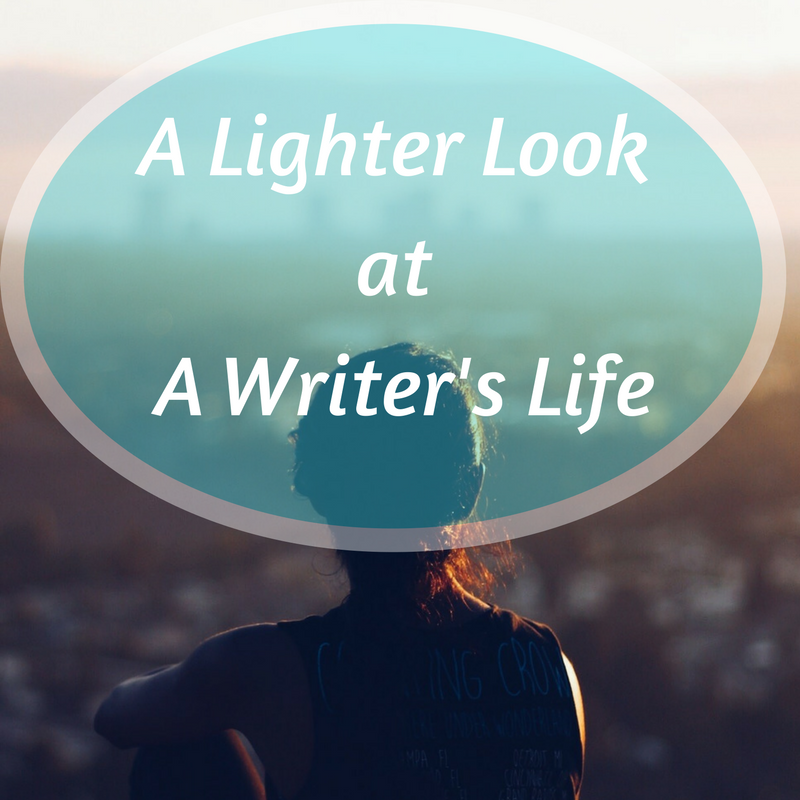
Happy Days Are Here Again
A few years ago, I got to the point where I could not watch the evening news. It was…
August 6, 2024
A few years ago, I got to the point where I could not watch the evening news. It was…
August 6, 2024
Writers Chat, hosted by Johnnie Alexander, Brandy Brow, and Melissa Stroh, is the show where we talk about all…
July 31, 2024
“Walking on Sunshine” “You are my Sunshine” “Keep on the Sunny Side” Okay, which one are you singing right…
August 6, 2023
Possibly you are an author who writes nonfiction and fiction. Because I’ve worked in both areas of the market—fiction…
July 25, 2023
Writers Chat, hosted by Jean Wise, Johnnie Alexander, and Brandy Brow, is the show where we talk about all…
June 21, 2023Writers Chat, hosted by Jean Wise, Johnnie Alexander, Brandy Brow, and Melissa Stroh, is the show where we talk…
September 30, 2022
Many aspiring authors hope to write a successful series, but our author interviewee for this month is living the…
May 16, 2019
Cherrilynn Bisbano is an award-winning writer. She founded The Write Proposal after reading hundreds of book proposals with avoidable…
April 25, 2019
“What’s the difference between a fiction book proposal and non-fiction?” “Do I need the illustrations when I submit my…
January 25, 2019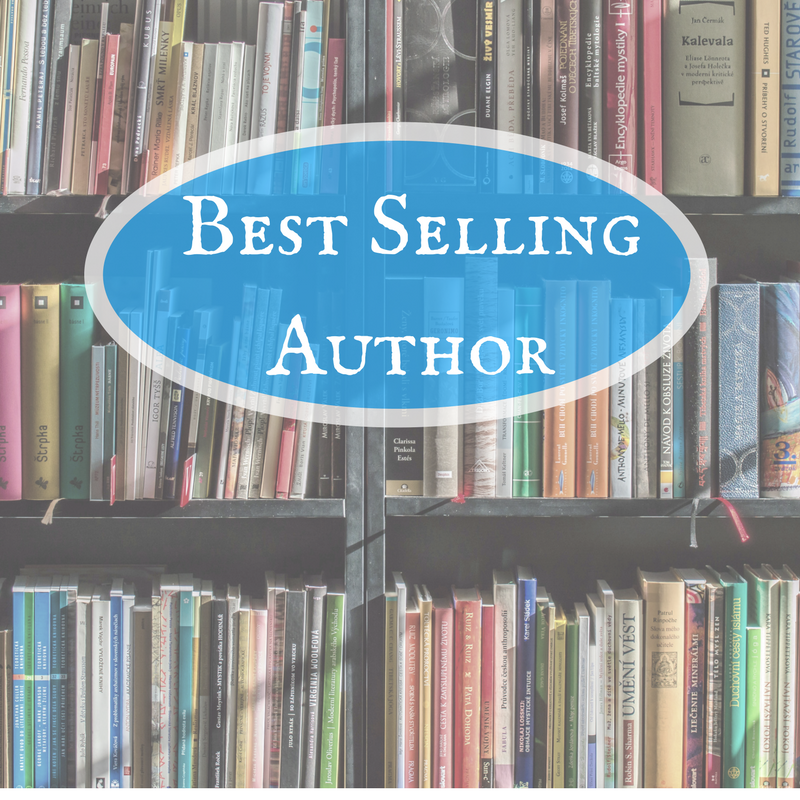
Welcome Lauren, can you share a little about your recent book – The Hideaway is the story of…
March 2, 2018
Have you ever noticed how some authors tend to focus too much on writing certain fiction elements, yet ignore…
October 9, 2017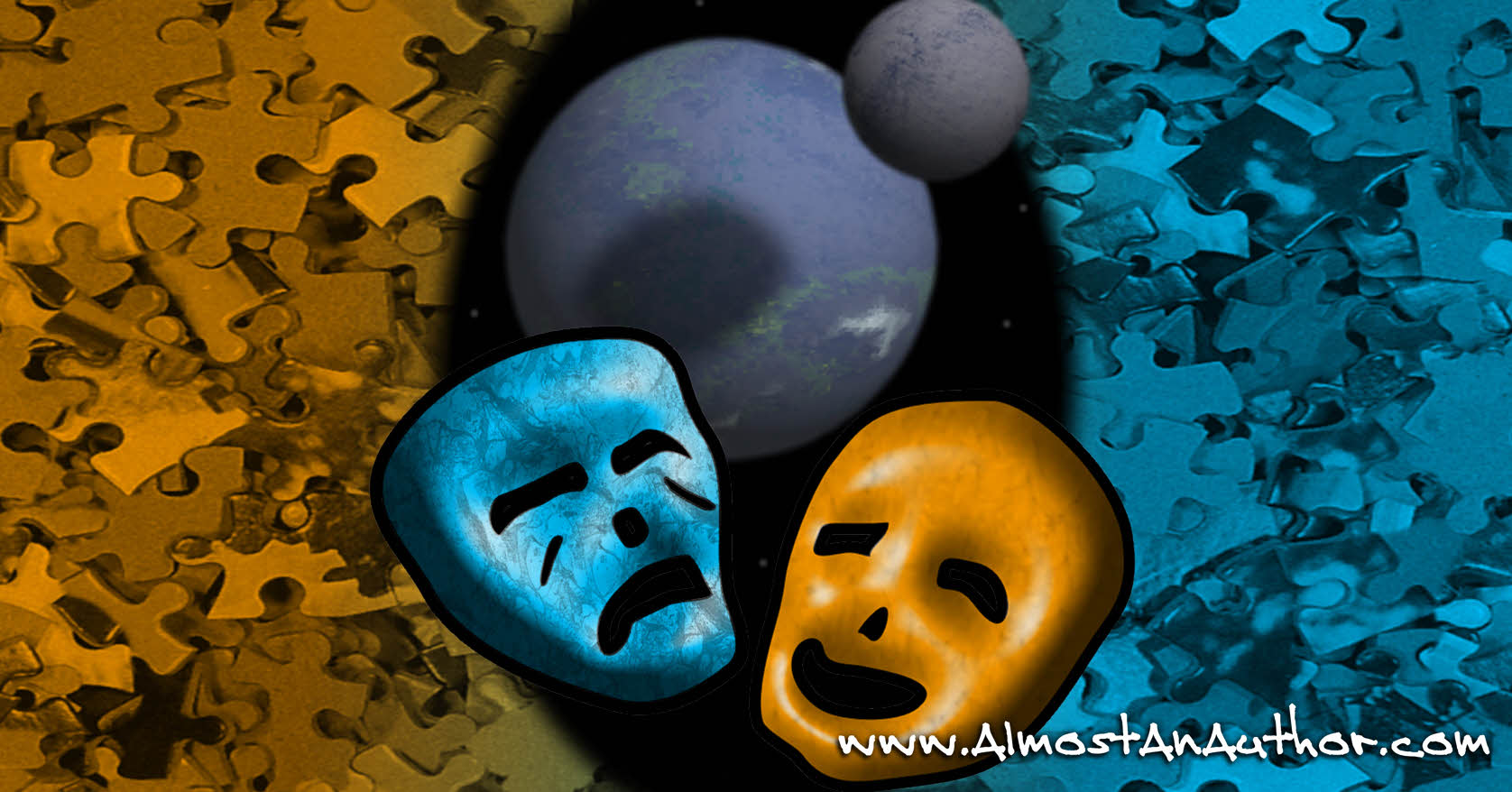
We’ve spoken before about how little details can help color your storyworld. Societal habits, mating customs, dinner choices, and…
August 10, 2017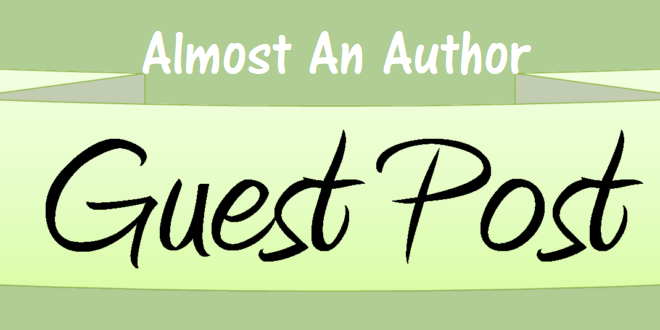
Which is easier: fiction or nonfiction? It depends … on who you ask and when you ask them. Today…
June 10, 2017
Recently, a friend of mine asked me if western civilization was at the end of its life cycle. It’s…
May 11, 2017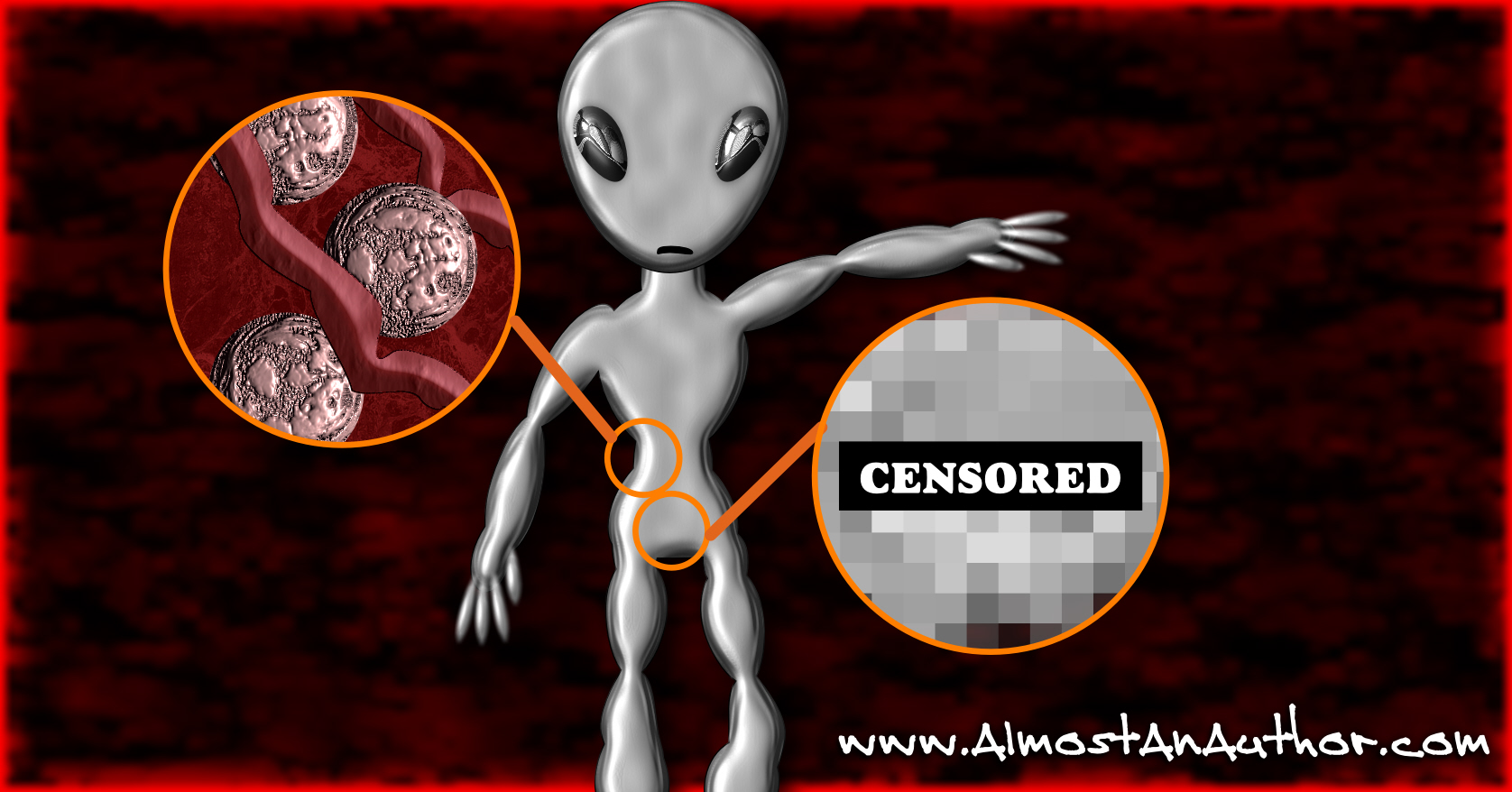
Jim held a gray spheroid up to the light. “So Doc, you’re saying the sex of this alien was…
February 13, 2017
As writers, we have the power to tear down the boundaries of paper and ink when we craft a…
February 8, 2017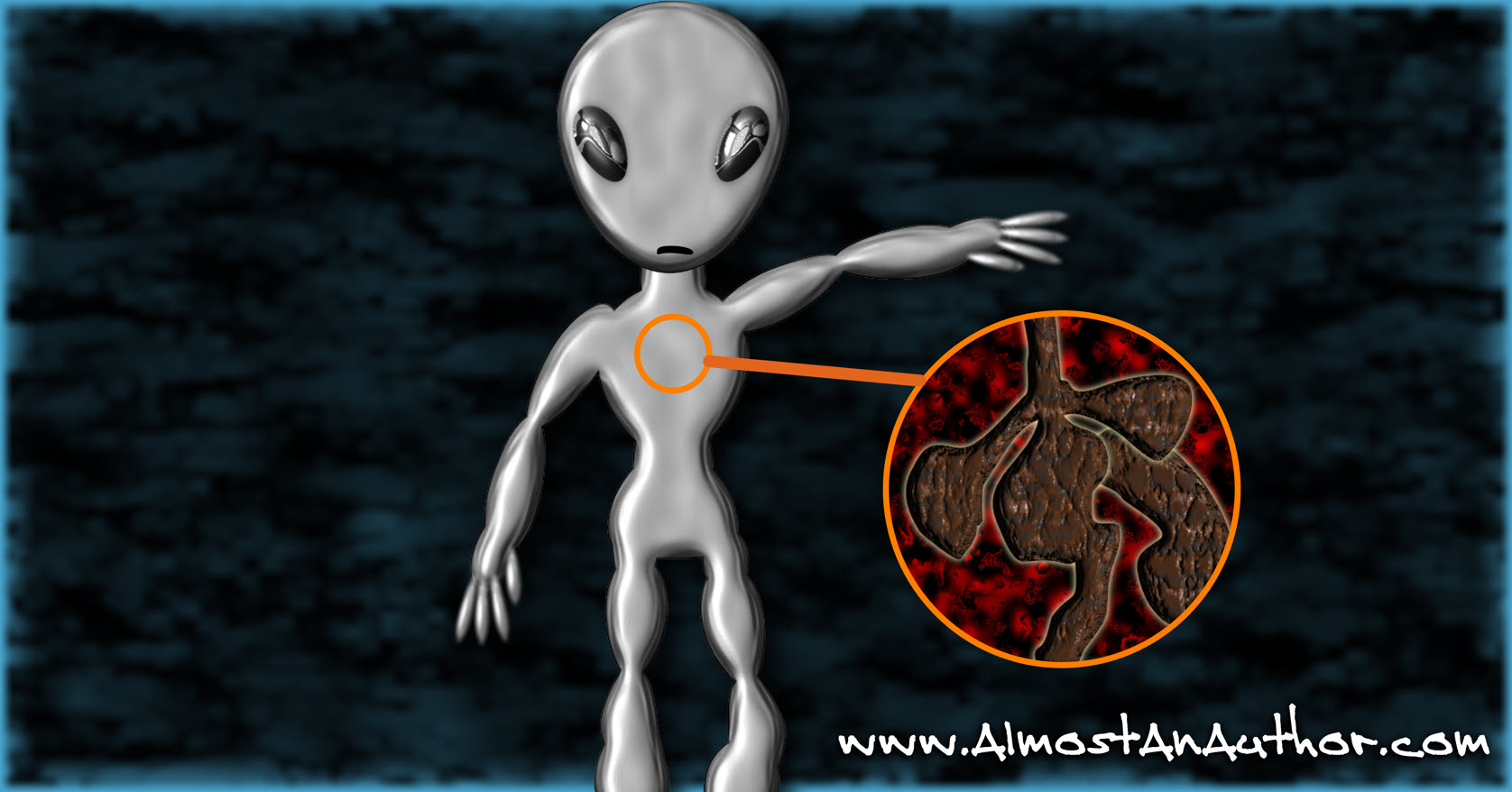
The autopsy window allowed Jim a clear view of the good doctor’s grim work. The gray-skinned corpse had been…
January 16, 2017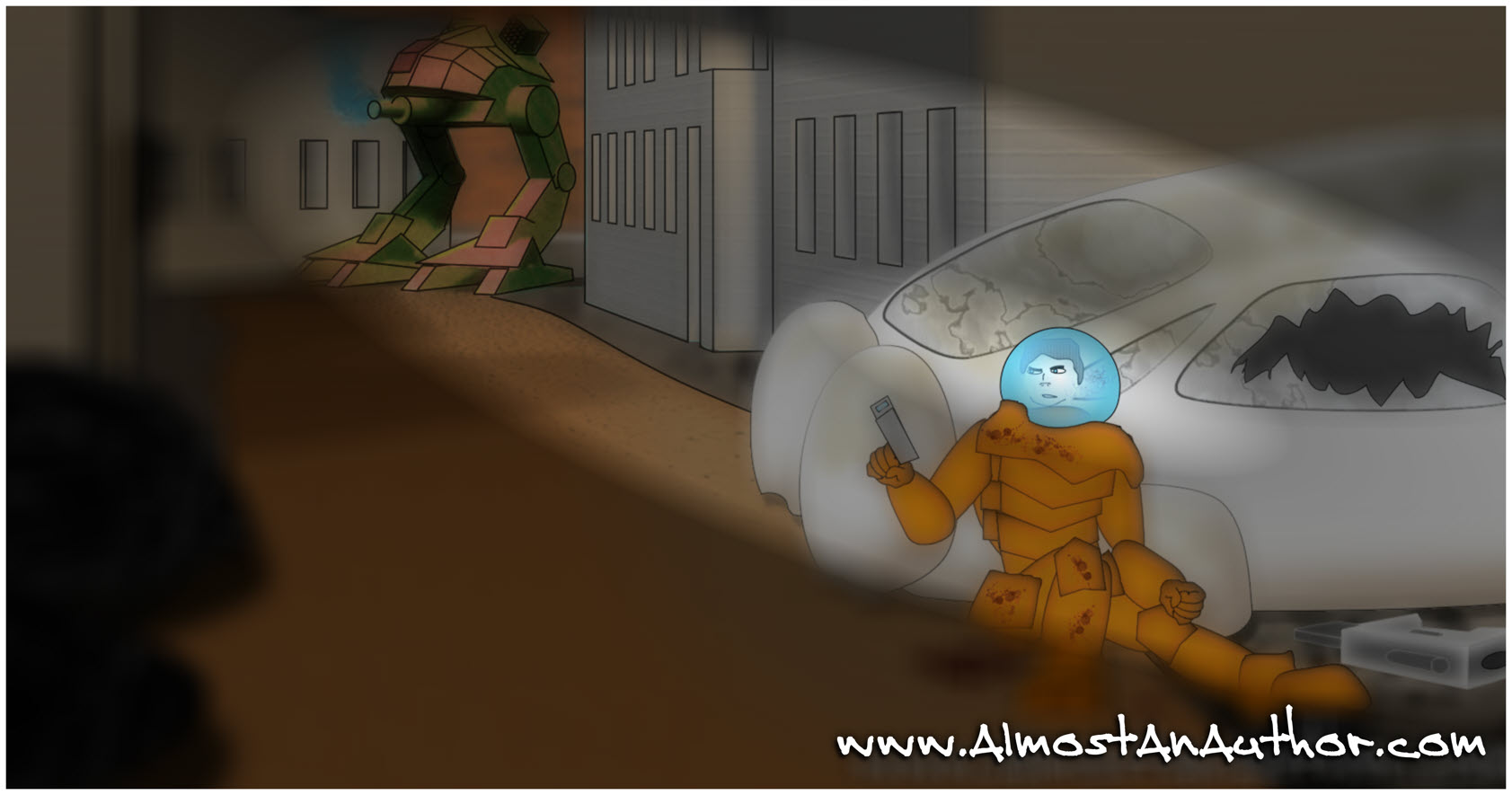
The carbine was still jammed and Jim couldn’t do anything to fix it. He finally tossed it aside and…
November 9, 2016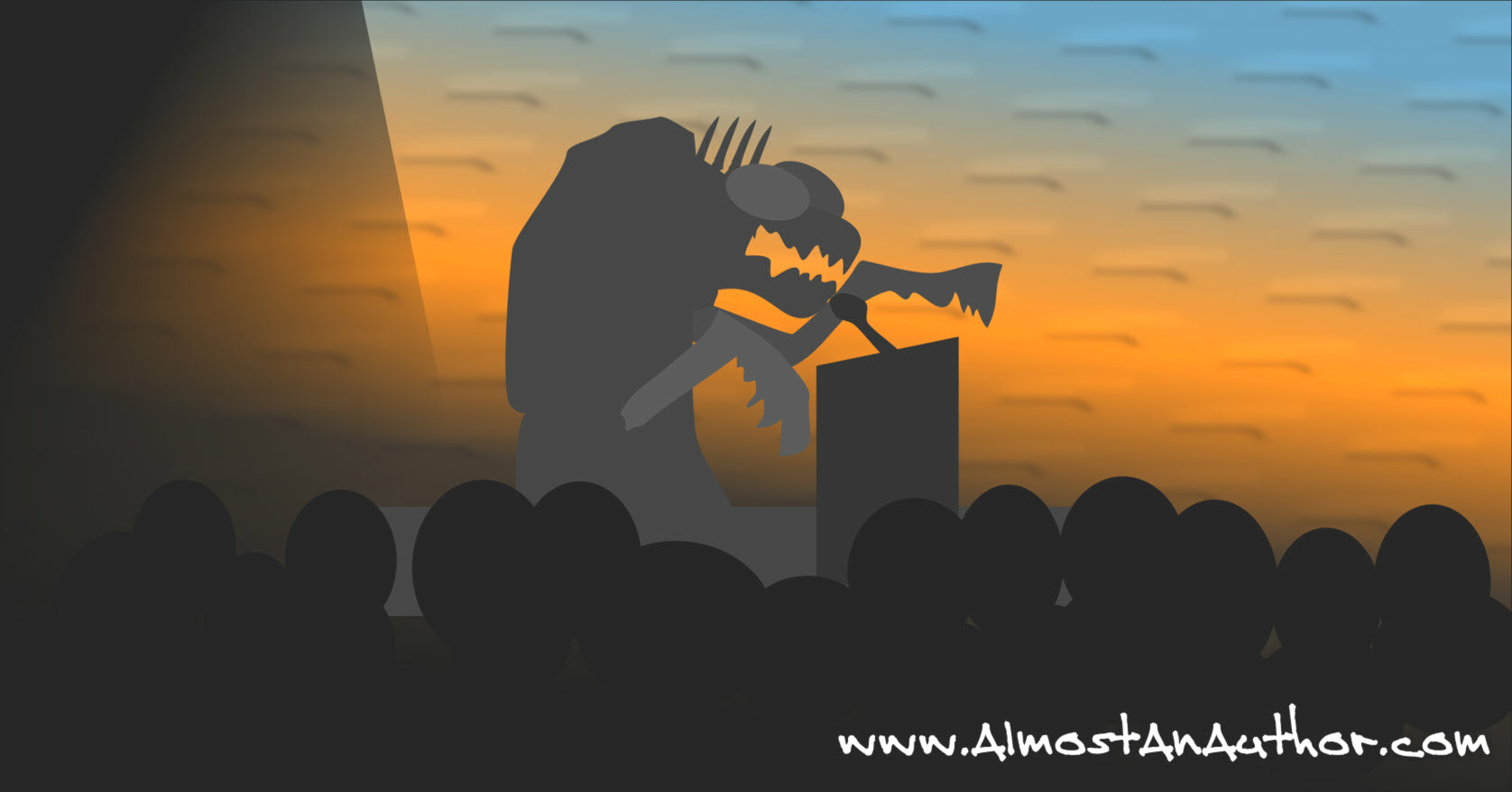
The murmur of countless alien tongues subsided as the chairman of the interstellar council called for order. The delegates…
October 11, 2016
What is the title of your latest book, Morgan? Tainted. Please give us an overview. What Happens When Your…
June 15, 2016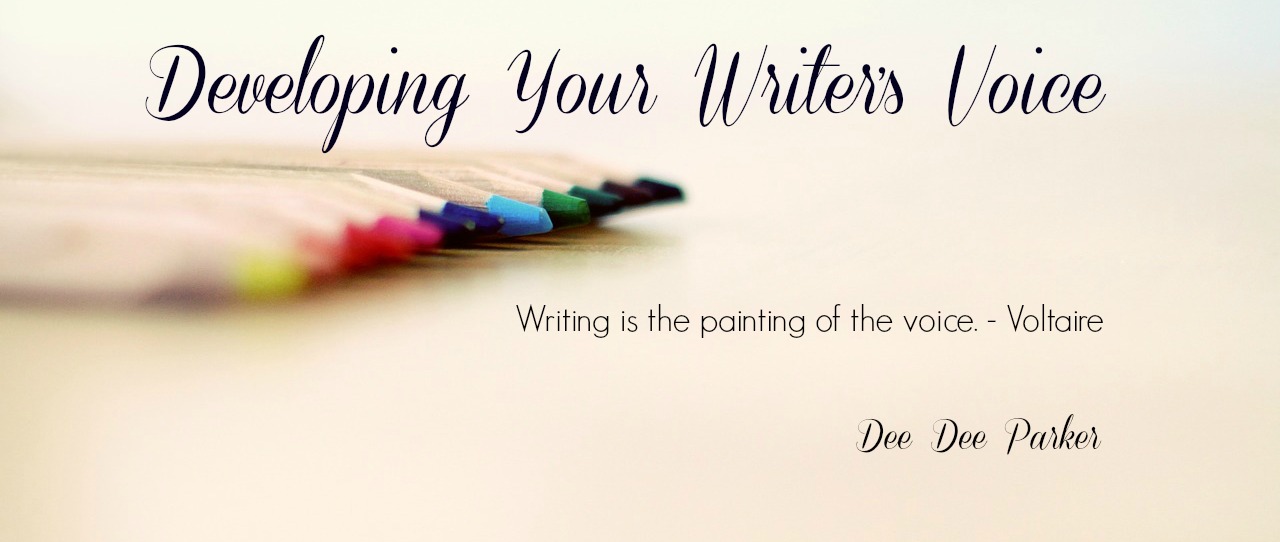
Many of us belong to writers groups that meet regularly with the goal of honing our writing skills, finding…
March 7, 2016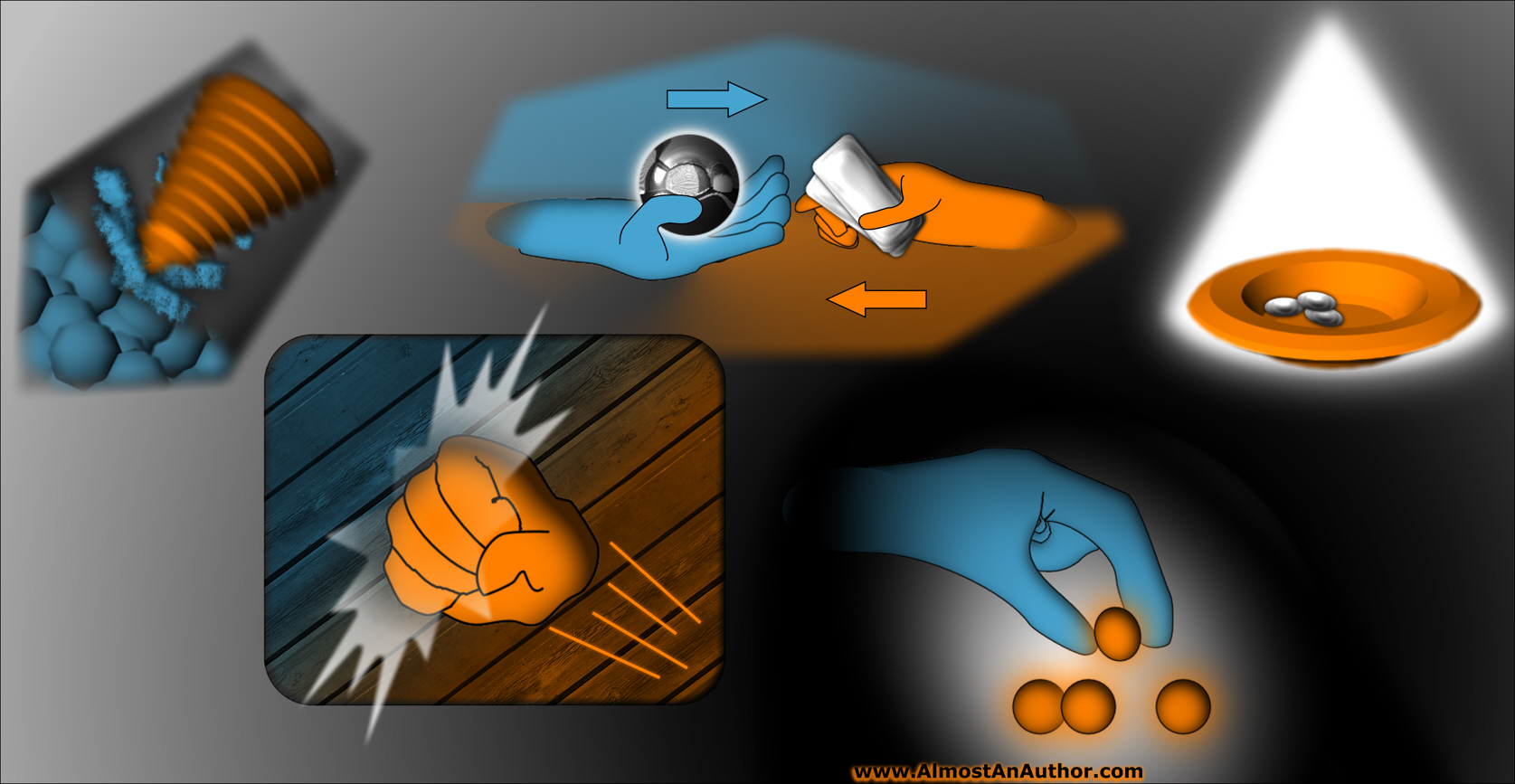
When writing a speculative fiction novel, determine what the things of value are in your world. Water, food, shelter-building resources,…
February 7, 2016
Christian nonfiction writers receive all the credit for being the biblical and spiritual teachers. If we want to learn…
January 20, 2016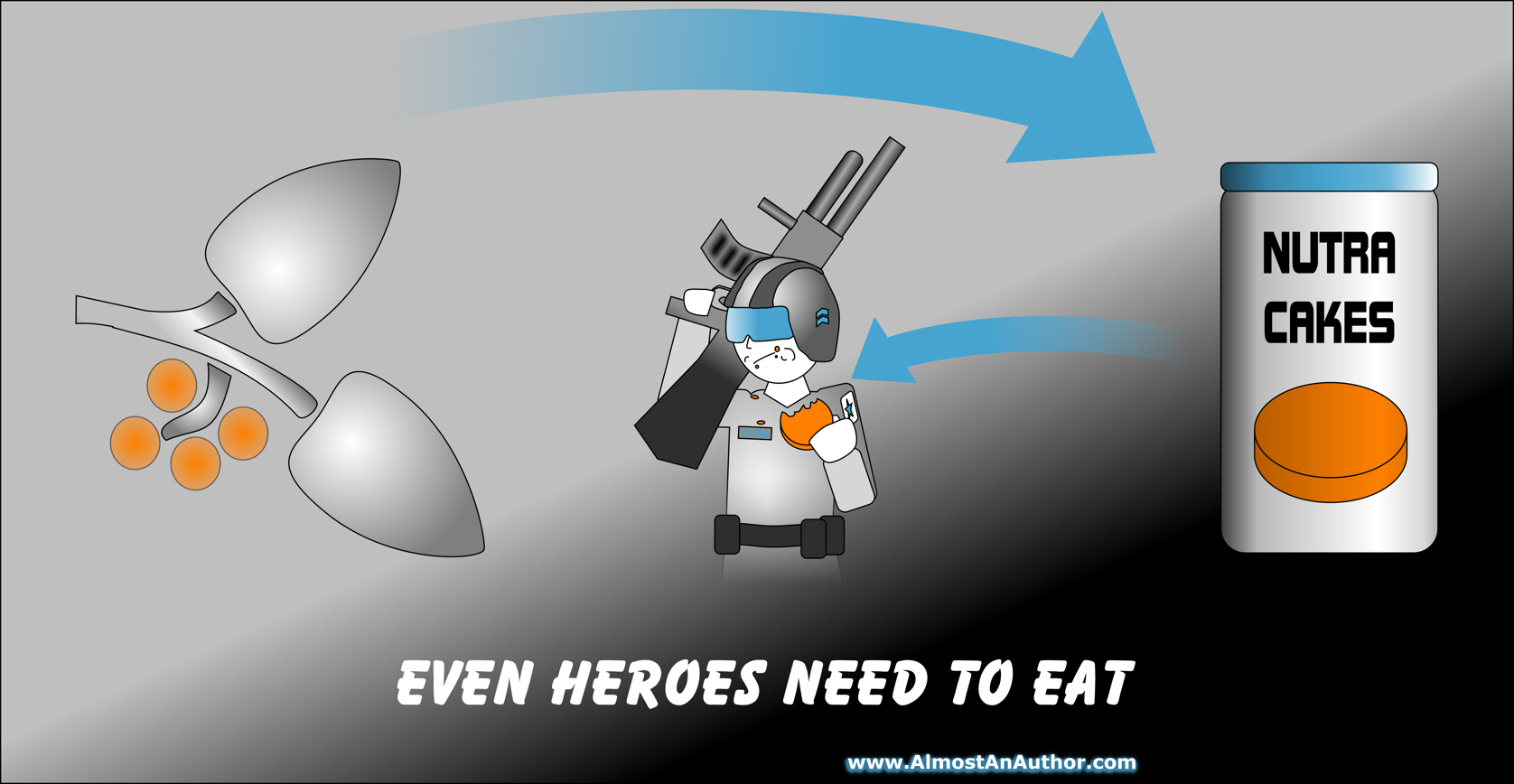
Regardless how fantastic the setting, the people in your book must treat their environment as commonplace. A character who…
November 28, 2015
We’re looking at Donald Maass’ The Fire in Fiction. @DonaldMaass #FireinFiction I’m on a quest to learn more about…
November 10, 2015